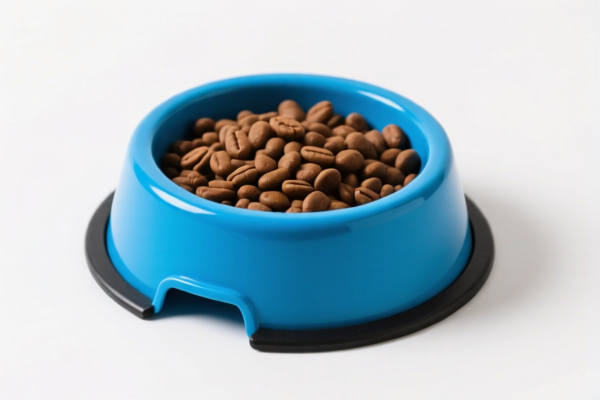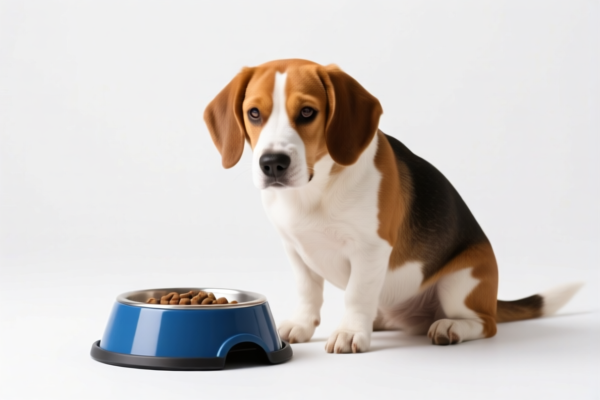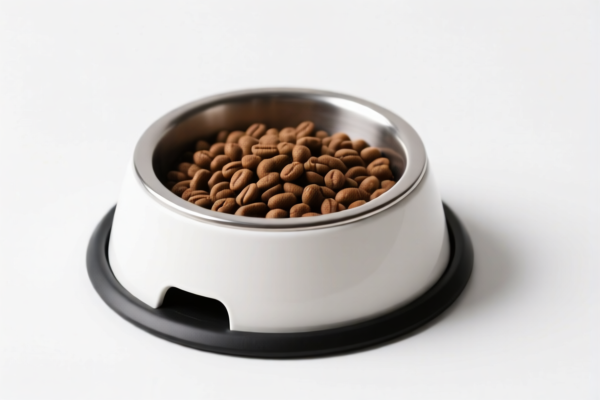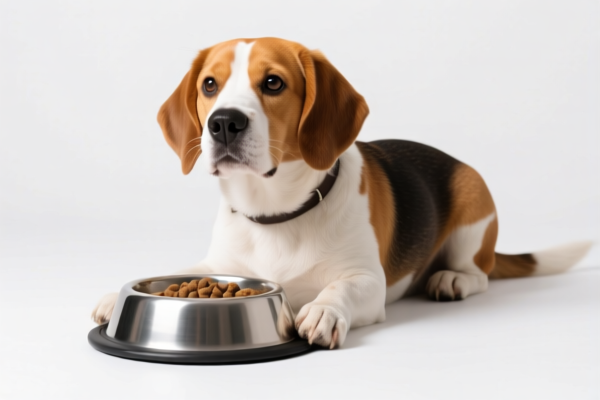| HS Code | Official Doc | Tariff Rate | Origin | Destination | Effective Date |
|---|---|---|---|---|---|
| 8487900080 | Doc | 83.9% | CN | US | 2025-05-12 |
| 8487900040 | Doc | 58.9% | CN | US | 2025-05-12 |
| 8424201000 | Doc | 57.9% | CN | US | 2025-05-12 |
| 8424901000 | Doc | 40.4% | CN | US | 2025-05-12 |
| 8210000000 | Doc | 58.7% | CN | US | 2025-05-12 |
| 9031808085 | Doc | 30.0% | CN | US | 2025-05-12 |
| 9031909195 | Doc | 80.0% | CN | US | 2025-05-12 |
| 9032896075 | Doc | 56.7% | CN | US | 2025-05-12 |
| 9032896030 | Doc | 56.7% | CN | US | 2025-05-12 |




Powder Feeder
A powder feeder is a device designed to accurately and consistently dispense dry powders. These devices are utilized across a wide range of industries where precise powder metering is critical.
Materials:
Powder feeders are constructed from various materials depending on the powder being handled, the environment, and the required accuracy. Common materials include:
- Stainless Steel: Predominantly used in food, pharmaceutical, and chemical industries due to its corrosion resistance and hygienic properties. Grades 304 and 316 are typical.
- Plastic (e.g., Polypropylene, PTFE): Employed for less corrosive powders or applications where contamination is a concern. Often used for components like hoppers and screw flights.
- Carbon Steel: Used for less demanding applications where corrosion is not a major issue.
- Aluminum: Lightweight and suitable for certain powder types.
Purpose & Function:
The primary purpose of a powder feeder is to deliver a controlled rate of powder flow. They achieve this through several mechanisms:
- Volumetric Feeding: Measures powder by volume, often using screws, vibratory feeders, or rotating valves.
- Gravimetric Feeding: Measures powder by weight, providing higher accuracy through the use of load cells and feedback control.
- Loss-in-Weight Feeding: A gravimetric method where the feeder measures the decrease in weight of the hopper as powder is dispensed. This is considered highly accurate.
Usage Scenarios:
Powder feeders are integral to numerous processes including:
- Pharmaceutical Manufacturing: Accurate dosing of active pharmaceutical ingredients (APIs) in tablet and capsule production.
- Food Processing: Metering ingredients like flour, sugar, and spices in baking and confectionery.
- Chemical Processing: Dispensing powders in the production of paints, coatings, and polymers.
- Plastics Industry: Adding pigments, fillers, and additives to plastic formulations.
- 3D Printing (SLS/MJF): Precise powder layering in selective laser sintering and multi jet fusion processes.
- Powder Coating: Controlled delivery of powder to coating equipment.
- Research and Development: Small-scale powder dispensing for experimentation.
Common Types:
- Screw Feeders: Utilize a rotating screw to convey powder. Simple, reliable, and suitable for a wide range of powders. Accuracy can vary.
- Vibratory Feeders: Employ vibration to move powder along a trough. Good for consistent flow but can be less accurate than screw or gravimetric feeders.
- Rotary Valve Feeders (also known as Metering Valves): Use a rotating valve with pockets to dispense powder volumetrically. Suitable for batching and intermittent feeding.
- Loss-in-Weight Feeders: Highly accurate feeders that measure weight loss to control powder flow. Often used in demanding applications.
- Auger Feeders: Similar to screw feeders, but typically with a larger screw and higher capacity.
- Vacuum Conveying Feeders: Utilize vacuum to transport and dispense powder, minimizing dust and contamination.
- Weigh Belt Feeders: Measure powder flow by weight on a continuously moving belt. Suitable for high-capacity applications.
Based on the provided information, the following HS codes may be relevant to “powder feeder”:
- 8487900080: Machinery parts, not containing electrical connectors, insulators, coils, contacts or other electrical features, and not specified or included elsewhere in this chapter: Other Other. This code covers parts for machinery that do not have electrical components and are not specifically listed elsewhere. A powder feeder, if consisting of mechanical parts without electrical features, could fall under this classification. The total tax rate is 83.9%.
- 8424201000: Mechanical appliances (whether or not hand operated) for projecting, dispersing or spraying liquids or powders; fire extinguishers, whether or not charged; spray guns and similar appliances; steam or sand blasting machines and similar jet projecting machines; parts thereof: Spray guns and similar appliances: Simple piston pump sprays and powder bellows. If the powder feeder functions as a spraying or projecting appliance using a piston pump or bellows mechanism, this code may be applicable. The total tax rate is 57.9%.
- 8424901000: Mechanical appliances (whether or not hand operated) for projecting, dispersing or spraying liquids or powders; fire extinguishers, whether or not charged; spray guns and similar appliances; steam or sand blasting machines and similar jet projecting machines; parts thereof: Parts: Of simple piston pump sprays and powder bellows. If the item is a part specifically designed for a simple piston pump spray or powder bellows, this code could be relevant. The total tax rate is 40.4%.
Regarding HS code 8487900080, please note that this code is for machinery parts without electrical features. If the powder feeder contains any electrical connectors, insulators, coils, or contacts, another HS code would be more appropriate.
Customer Reviews
No reviews yet.